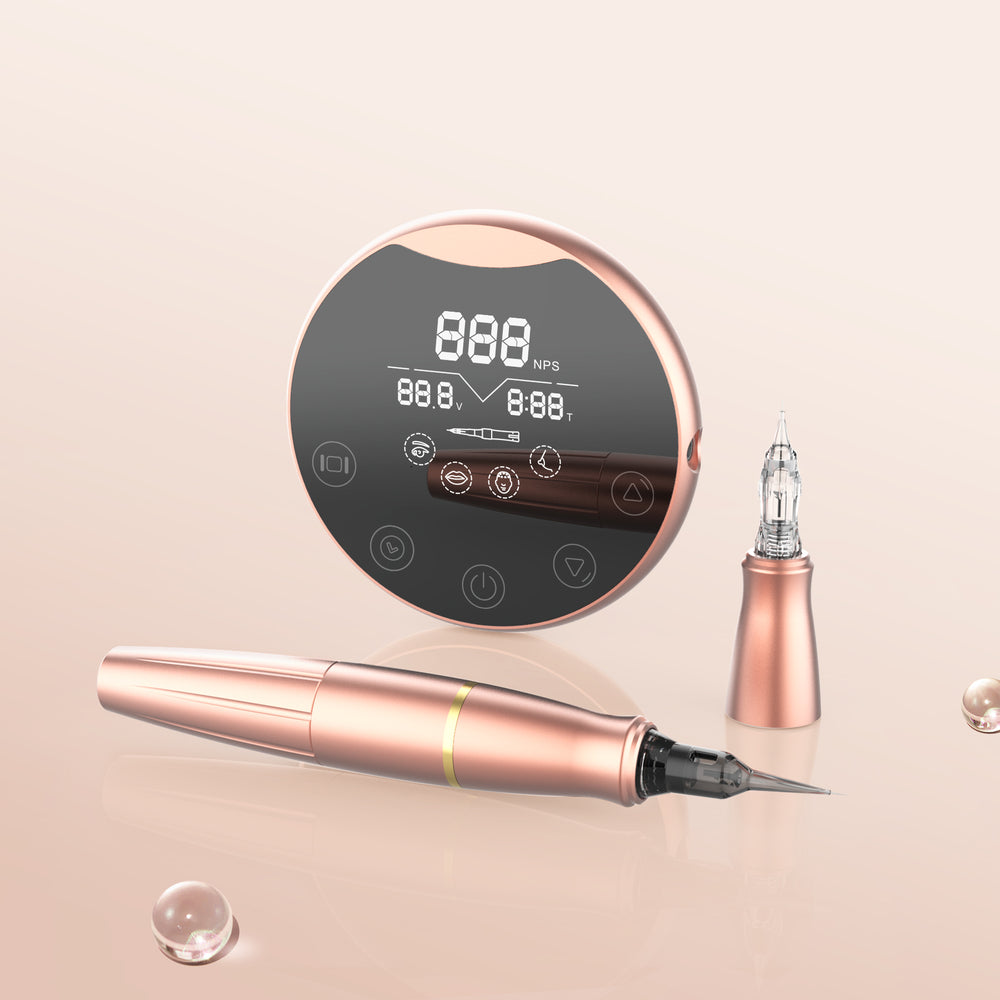In the world of electronics, a voltage regulator plays a crucial role in ensuring that devices operate efficiently and safely. But what exactly is a voltage regulator, and why is it so important? This article aims to provide a comprehensive understanding of voltage regulators, their types, and their applications.

What is a Voltage Regulator?
A voltage regulator is an electronic device that maintains a constant output voltage regardless of changes in the input voltage or load conditions. This is essential for protecting sensitive electronic components from voltage fluctuations that could lead to malfunction or damage. Without a reliable voltage regulator, devices may experience performance issues or even complete failure.
Types of Voltage Regulators
There are primarily two types of voltage regulators: linear and switching. Each type has its unique characteristics and applications.
- Linear Voltage Regulators: These regulators provide a simple and effective way to maintain a steady output voltage. They work by dissipating excess voltage as heat, which can make them less efficient for high power applications.
- Switching Voltage Regulators: In contrast, switching regulators use a more complex method involving inductors and capacitors to convert input voltage to a desired output voltage. They are generally more efficient than linear regulators, especially in applications requiring significant power.
How Do Voltage Regulators Work?
The operation of a voltage regulator can be understood through its feedback mechanism. When the output voltage deviates from the set point, the regulator adjusts the resistance or duty cycle to bring the output back to the desired level. This feedback loop is critical for maintaining voltage stability, especially in fluctuating load conditions.
The Importance of Voltage Regulators in Electronics
Voltage regulators are integral to the functionality of various electronic devices. They ensure that components such as microcontrollers, sensors, and communication devices receive the correct voltage. Here are some key reasons why voltage regulators are essential:
- Protection: They protect sensitive components from voltage spikes and drops.
- Efficiency: Switching regulators, in particular, enhance energy efficiency, which is vital for battery-operated devices.
- Reliability: Consistent voltage output increases the reliability of electronic systems.
For those interested in high-quality electronic components, including voltage regulators, you can explore various options available at  .
.
Conclusion
In summary, understanding the function and importance of a voltage regulator is essential for anyone involved in electronics. Whether you are designing a new device or troubleshooting an existing one, recognizing how voltage regulators work can significantly impact performance and reliability. By ensuring a stable voltage supply, these regulators contribute to the overall efficiency and longevity of electronic systems.






